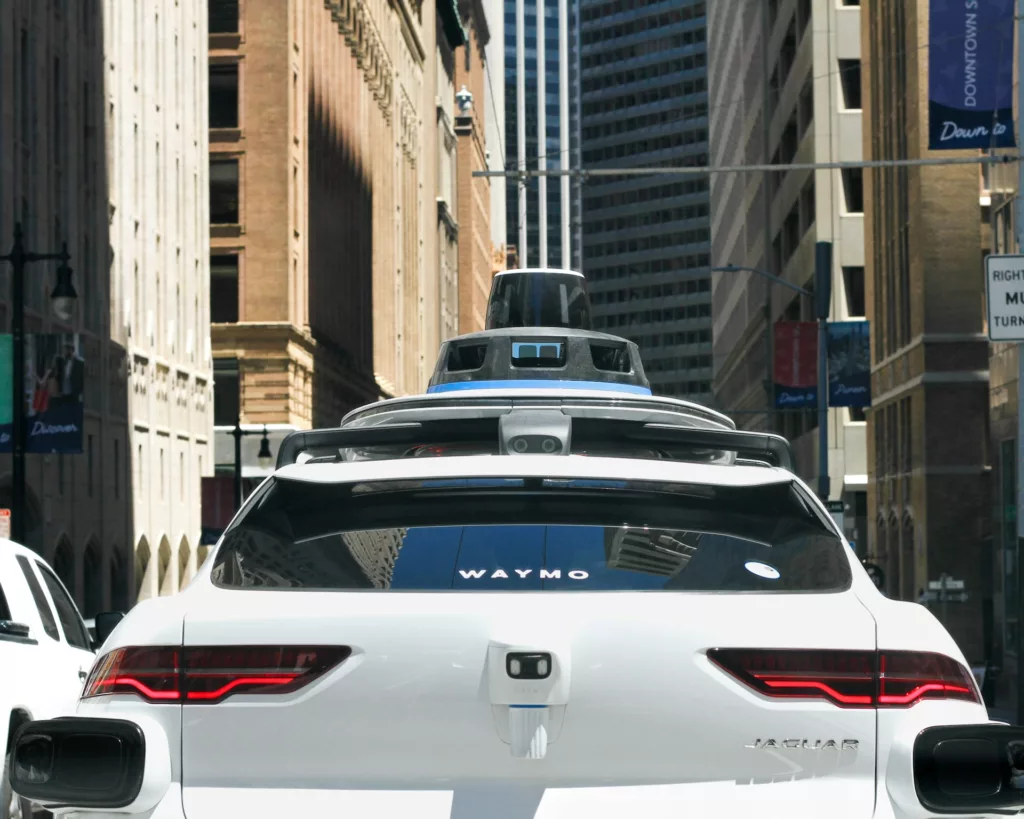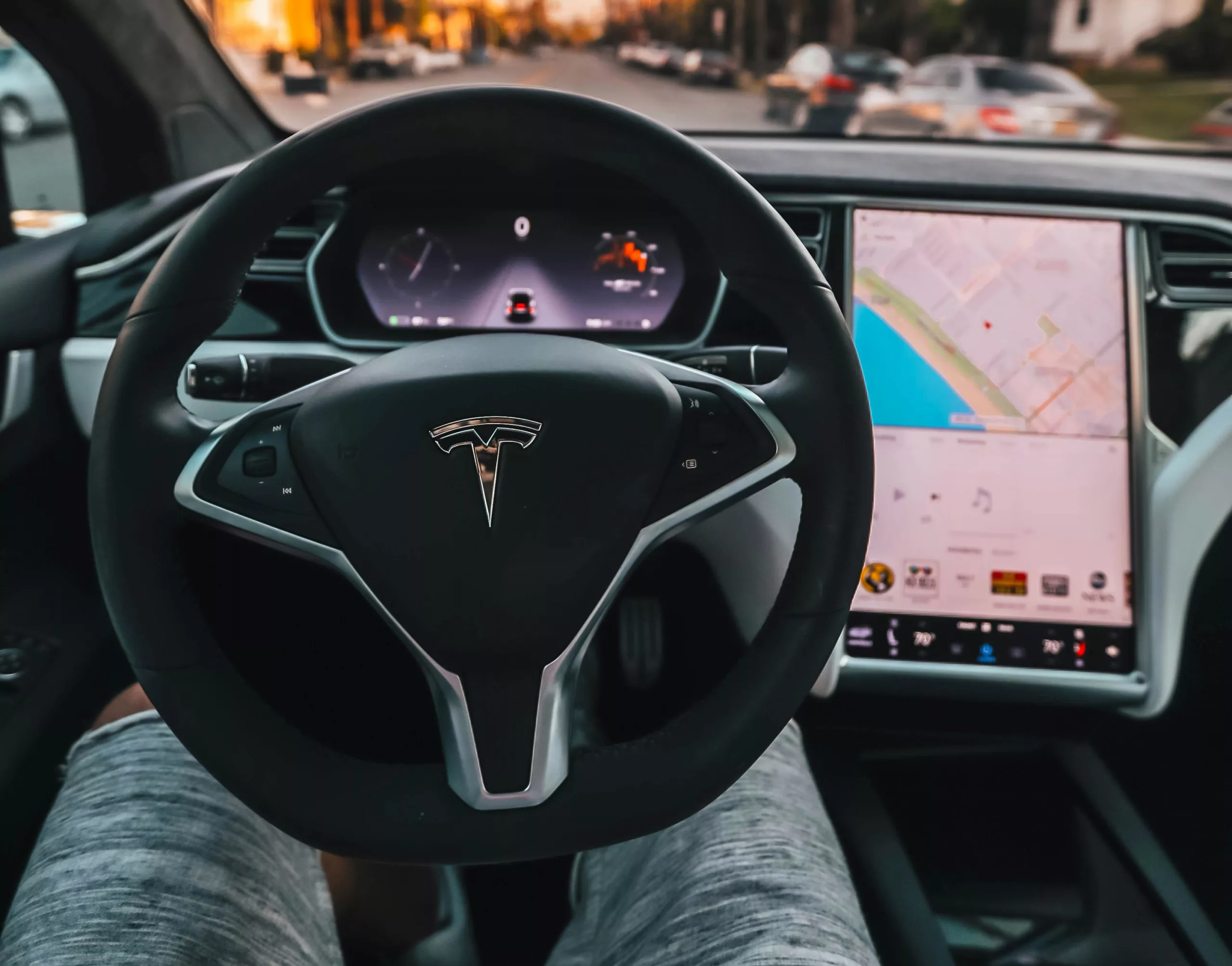The world of self driving vehicles has never been more dynamic than it is in 2025.
While early predictions promised fully autonomous cars on every street by now, the reality is a more nuanced and arguably more exciting evolution. The industry’s progress is marked by major technological leaps, evolving regulations, and a consumer base that’s both intrigued and cautious about what’s next for autonomy.
Regulatory Momentum and the Path to Level 3+ Autonomy
One of the most significant self driving trends in 2025 is the regulatory push that’s accelerating the deployment of autonomous vehicles, especially in the United States and Europe. The National Highway Traffic Safety Administration (NHTSA) has recently adjusted its rules to make it easier for companies like Tesla to deploy robotaxi fleets, granting new exemptions that fast-track innovation and pave the way for vehicles without traditional controls. This shift is a clear signal: governments are ready to foster an environment where self driving technology can flourish, provided safety and public trust are prioritised.
Meanwhile, Europe’s regulatory landscape is also evolving. The European Union’s mandate for Intelligent Speed Assistance (ISA) means every new car must now include tech that helps drivers adhere to speed limits, using a blend of camera recognition and real-time location data. This isn’t just about compliance, it’s about creating a safer, more predictable environment for the rollout of higher-level autonomous features.
ADAS and the Rise of Smarter, Safer Cars
Advanced Driver Assistance Systems (ADAS) are the backbone of today’s self driving trends. In 2025, these systems are not just about keeping a car in its lane or maintaining a set speed. They’re now capable of predicting and preventing accidents before they happen, thanks to machine learning and real-time data processing. Emergency braking systems can detect threats at up to 200 meters and respond in under a tenth of a second, while lane management tech proactively prevents departures, even when road markings are faded or missing.
Adaptive cruise control has also reached new heights, adjusting speed based on detailed mapping of road curvature, elevation, and traffic conditions. These advancements are making Level 2 and Level 3 autonomy features more desirable and more common than ever before. In fact, it’s expected that nearly 60% of cars sold globally this year will come equipped with some form of Level 2 autonomy, making semi-autonomous driving a mainstream experience.

Self-Driving Trends 2025
Consumer Trust: The Final Frontier
Despite these advances, consumer trust remains a critical factor in the adoption of self driving technology. The latest S&P Global survey reveals that while drivers are excited about the convenience and safety benefits of autonomy, they’re still hesitant to pay extra for these features unless bundled into attractive packages. Safety ratings and third-party certifications are now key decision drivers, with many consumers willing to pay more for vehicles that can prove their safety credentials.
Automakers are responding by making their systems more transparent and user-friendly. For example, Mercedes-Benz’s new Drive Pilot system, which wowed audiences at Monterey Car Week, uses lidar and a suite of sensors to deliver fog-adaptive autonomy addressing one of the most challenging real-world driving scenarios. Meanwhile, Waymo’s partnership with Dubai’s RTA is bringing robotaxis to new markets, showing that the future of self driving isn’t just about private ownership but also about shared, on-demand mobility.
The Road Ahead: Smarter, Greener, More Connected
Looking forward, the convergence of autonomous driving and electric vehicles is set to define the next wave of self driving trends. Companies like Tesla and Sony-Honda are racing to launch new models with full self driving capabilities and advanced AI integration, while cities are preparing their infrastructure for a world where cars drive themselves and communicate seamlessly with each other and the environment.
For marketers and automotive brands, the opportunity is clear: educate consumers, highlight real-world benefits, and build trust through transparency and safety. The journey to full autonomy may be gradual, but the impact on safety, efficiency, and mobility will be transformative.
For a deeper dive into how AI and automation are transforming automotive marketing, visit our AI in Automotive Marketing Report.
















